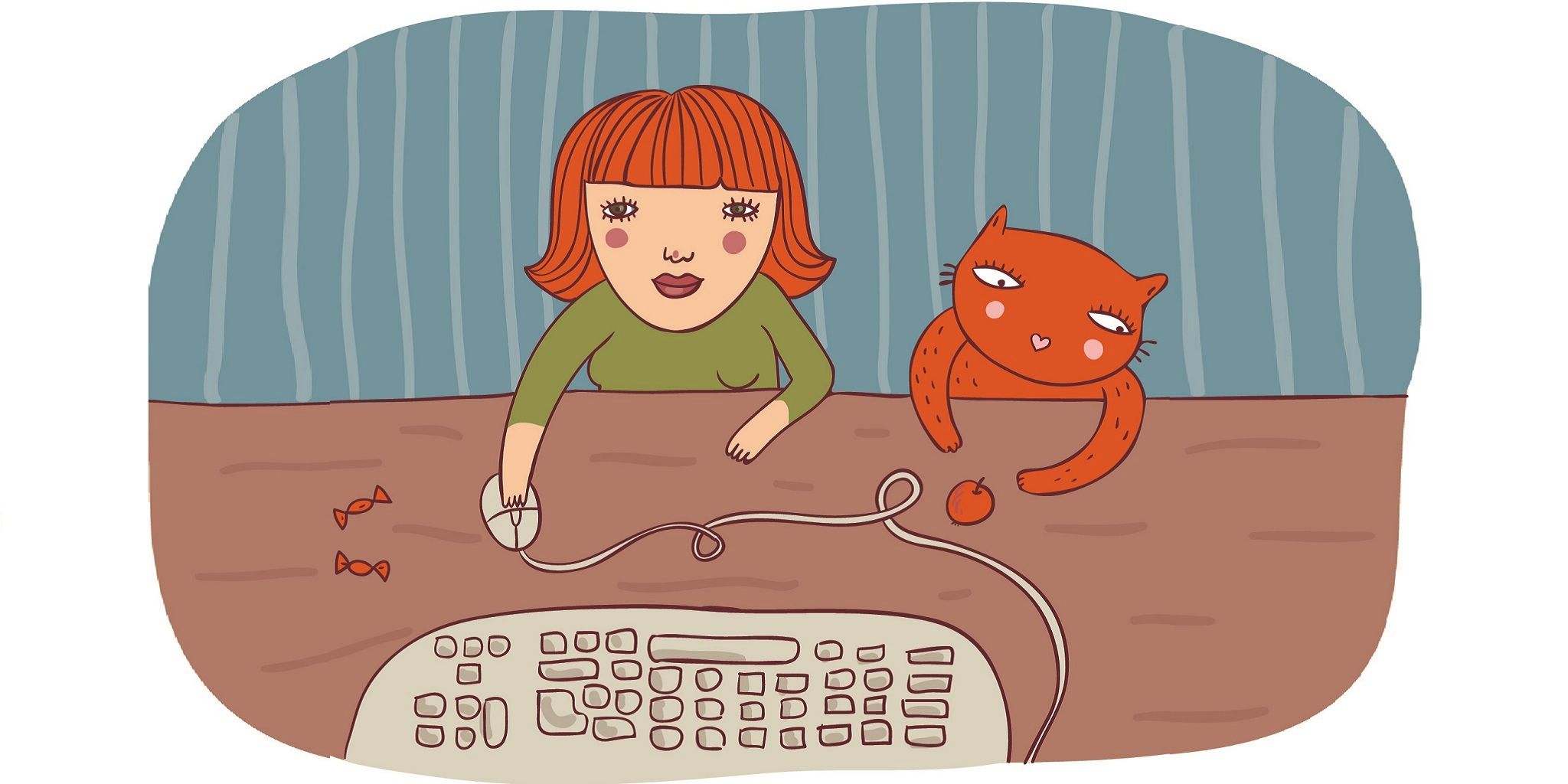Managing your attention span when working from home
I was recently asked for advice about time management and productivity when working from home. The person in question wanted to know how to build breaks into their day as they found they were working hours on hours without a break for even a drink.
Working from home brings with it a set of unique challenges: you have no co-workers or boss to turn around and chat to and less of the structures – good and bad – that office life provides. This can take people down one of two routes: those that spend all day re-potting plants, making slow-roasted dinners and adjusting picture frames and those that bury their heads in work without coming up for that all-important air.
Attention spans tend to diminish at around 45 minutes, so unless you take breaks regularly, you’re likely to be experiencing diminishing returns in your productivity as you continue working – and you might therefore be more productive if you spent LESS time working by building in those breaks.
Here are a few ideas:
Pretend it’s a real office
Build in the times in the day to increase physical movement and put some clean edges around what’s work time as opposed to home downtime by pretending you’re working in the office. So, go for walk first thing in the morning (perhaps to buy milk or a newspaper) and make that your ‘walk to work’. At lunchtime, either go out to buy lunch or take your packed lunch out to the local park.
At the end of the working day, close down your laptop just as you would if you were in the office, then go for a walk or run to end the day.
Try Pomodoro
This is a great technique for managing attention (which, as everyone on our workshop last week will testify is more important than trying to manage time!) and enforcing rest time. The basic premise works on building in rest time every half an hour for 5 minutes, as well as increasing focus and productivity by encouraging you to measure your activity and output in units on 25 minutes. This is a simple but powerful tool when you have a few hours to spend on desk-work, so might be just what you need.
Create a meeting room
So, you have a desk, but do you have a meeting room at home? You might be wondering exactly WHO you’re going to meet with when you work from home! Well, use breaks in your workflow to make phonecalls or do creative-thinking to change your environment. Your ‘meeting room’ could be in the shed at the bottom of the garden, at the bottom of the stairs or even a local coffeeshop. By moving around, you get blood flowing, you add structures to the day and you keep your brain alert.
Turn your emails off (at certain times of the day)
On our ‘Getting Your Inbox to Zero’ workshop, one of the things we talk about is the idea of turning off email, even for short periods of time, in order to help focus on the important rather than the urgent and reduce interruptions. This might help you to break up the day into sections and also not feel pressured to continue working on urgent issues rather than have a much-needed break.
Feed your brain
Keep a jug of water, fruit and nuts on or next to your desk. Again, these will increase your attention span and keep the brain’s energy levels at their peak (apples are a great natural substitute for coffee by the way!), but also they’ll help tempt you away from the keyboard and encourage you to seek nourishment.
Batch process
‘Chunk’ together tasks that are similar, such as reading reports or making calls. By doing this, you could grab the stash of reading materials and take them to a quiet outdoor spot or coffee shop nearby. A change is as good as a rest. I will often store up a list of phone calls and go and sit on the beach while I make them. Then, what might have been a chore becomes a memorable treat!
Get a cat!
This always works for me as my cat is very needy! In all seriousness though, stroking a pet is proven to lower blood pressure levels!
Photo: © smilewithjul / Shutterstock

